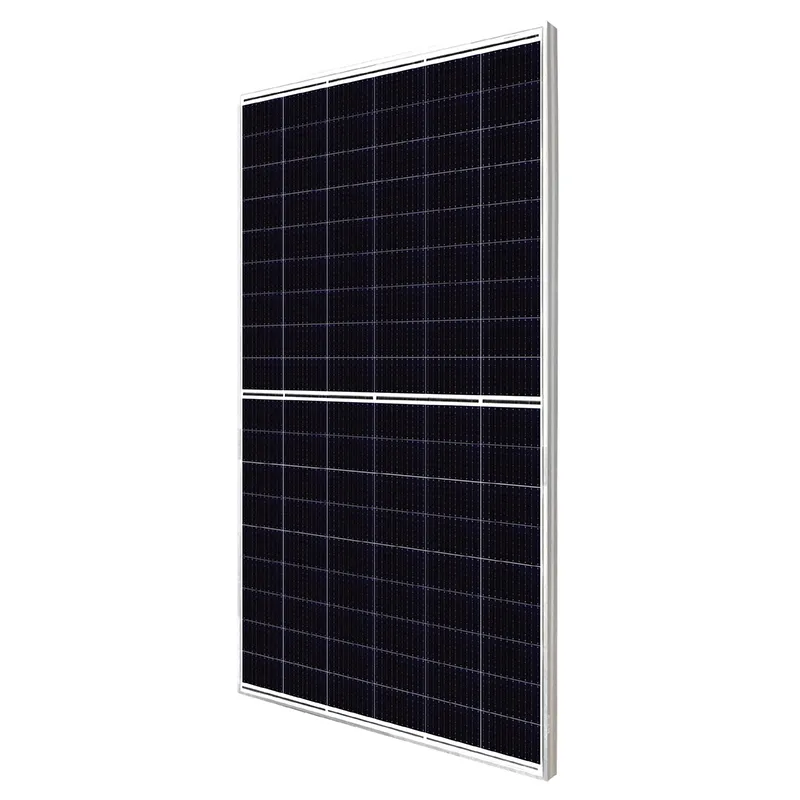photovoltaic panels price
The Dynamics of Photovoltaic Panel Prices Trends and Implications
In recent years, solar energy has emerged as one of the most promising solutions to global energy challenges. Photovoltaic (PV) panels, commonly referred to as solar panels, have become increasingly affordable, making solar power accessible to a wider segment of the population. Understanding the factors influencing photovoltaic panel prices is essential for consumers, businesses, and policymakers alike.
Historical Context
Historically, the prices of photovoltaic panels were prohibitively high, primarily due to the nascent technology and limited manufacturing capacity. However, significant advancements in technology, coupled with economies of scale, have led to a drastic reduction in costs. According to the International Renewable Energy Agency (IRENA), the global average price of solar photovoltaic modules fell by approximately 90% between 2010 and 2020. This dramatic decline has democratized solar energy, allowing both residential and commercial users to invest in renewable sources.
Factors Influencing Prices
The price of photovoltaic panels is influenced by a myriad of factors, including technological advancements, raw material costs, government policies, and market demand.
1. Technological Advancements Innovations in solar panel technology, such as the development of more efficient materials and manufacturing processes, have led to lower production costs. For instance, bifacial solar panels, which can capture sunlight from both sides, and thin-film technologies have generated increased interest and investment, further driving down prices.
2. Raw Material Costs The cost of raw materials, particularly silicon, plays a crucial role in the pricing of solar panels. Fluctuations in the prices of polysilicon—a key ingredient in most solar panels—can directly affect the final price. In 2021, for example, the increase in polysilicon prices due to supply chain disruptions caused temporary spikes in photovoltaic panel costs.
photovoltaic panels price

3. Government Policies Government incentives and subsidies have become essential drivers in the solar market. Policies promoting renewable energy, such as feed-in tariffs, tax credits, and grants, can significantly reduce the overall costs for consumers. For example, tax incentives in the United States have motivated many homeowners to switch to solar energy, impacting the demand and consequently the price of PV panels.
4. Market Demand The rising global demand for clean energy has created a competitive market for solar technology. As more countries commit to reducing carbon emissions and transitioning to sustainable energy sources, the demand for photovoltaic panels continues to rise. This increased demand can sometimes lead to shortages and higher prices, particularly during times of rapid market expansion.
Current Trends
As of 2023, the solar market remains robust, with prices reaching a stabilization point after several years of extreme fluctuation. Industry experts anticipate that while the initial costs of photovoltaic panels may still fluctuate, the overall trend will be towards continued cost reductions. The ongoing improvements in efficiency and the adoption of innovative technologies are likely to foster further price drops in the long term.
Moreover, the integration of solar energy into smart grid systems and the development of energy storage solutions, like batteries, are also significant factors reshaping the market landscape. As energy storage becomes more affordable, the overall appeal of photovoltaic systems increases, potentially driving demand and prices for PV panels further down.
Conclusion
The price of photovoltaic panels has significantly declined over the past decade, making solar energy an increasingly viable option for many consumers. Factors such as technological advancements, raw material costs, government policies, and market demand play pivotal roles in determining these prices. Looking ahead, the trends suggest a continuation of the downward price trajectory, driven by ongoing innovations and a global push for renewable energy. For consumers and businesses, this presents a unique opportunity to invest in sustainable energy solutions while contributing to a cleaner, more sustainable future. As the solar industry evolves, remaining informed about pricing dynamics will be essential for making intelligent investment decisions in this crucial sector.
-
String Solar Inverter: The High-Efficiency Solution for Smart Solar EnergyNewsJul.14,2025
-
Revolutionizing Rooftop Energy with the Power of the Micro Solar InverterNewsJul.14,2025
-
Power Independence with Smart Off Grid Solar Inverter SolutionsNewsJul.14,2025
-
On Grid Solar Inverter: Powering the Future with Smart Grid IntegrationNewsJul.14,2025
-
Monocrystalline Solar Panels: High-Efficiency Power for the Future of Clean EnergyNewsJul.14,2025
-
Bifacial Solar Panel: A Smarter Investment for Next-Generation Energy SystemsNewsJul.14,2025







